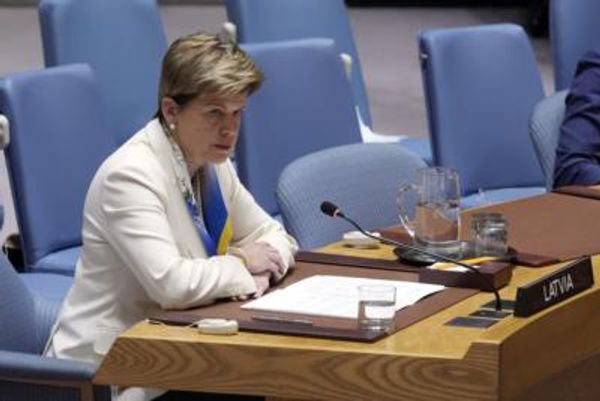
Petrol and diesel prices are set to increase again.
Prices had dipped in September, when they were nearly 7p per litre cheaper across the UK than the month before – their lowest level in almost three years. Petrol prices fell from 142.9p to 136.2p, while diesel plummeted from 147.7p to 140.9p.
At the time, the RAC said the price decrease was due to a drop in oil prices caused by lower global demand.
However, the price of petrol and diesel is now about to rise – but for different reasons. Keep reading to discover why.
Why are petrol and diesel prices rising?
The reason for the upcoming rise is because of the Renewable Transport Fuel Obligation. The government policy sets yearly obligations for fuel suppliers, whereby a certain percentage of their fuel has to be made from sustainable, low-carbon fuel (for example, biofuel). It’s in place to encourage the use of low-carbon fuel on roads – one of the most notable initatives was the introduction of E10 petrol in 2021, which contains up to 10 per cent renewable ethanol.
So how does this make the price of your fuel more expensive?
In 2024, the obligation was set at 11.8 per cent as a share of total liquid fuel by volume – however it will increase to 12.15 per cent this year. This is likely to increase wholesale expenses for retailers, which in turn will push up prices for customers.
PetrolPrices has said that this increase will most likely add around 0.3 or 0.4 pence per litre (ppl) to unleaded petrol and diesel. “This modest increase is expected to slightly raise pump prices,” a spokesperson said. “It’s something drivers should be mindful of as they fill up in the new year.”
How much does fuel cost now?
According to the RAC, the current average unleaded price in the UK is 136.88ppl, while the current average diesel price is 142.91ppl.
Will prices come down?
In 2032, the obligation of a share of total liquid fuel by volume is set to increase to 14.6 per cent – meaning that the price of diesel and unleaded petrol will probably increase again.







